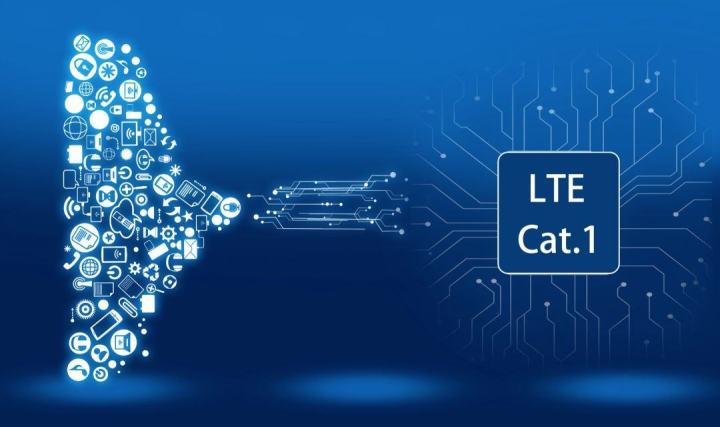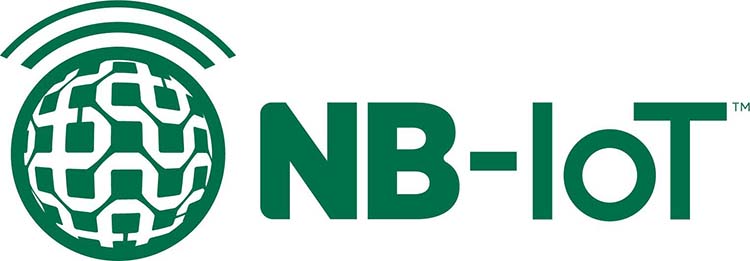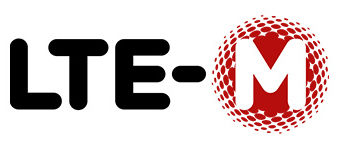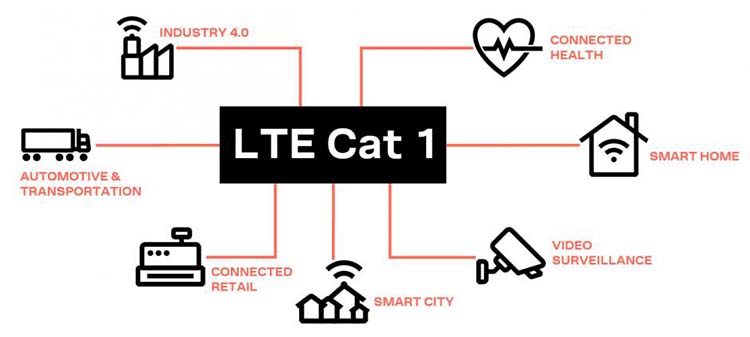NB-IoT stands for Narrowband Internet of Things and CAT-M1 also known as LTE-M, it is designed for IoT. But there's a third option that you probably haven't heard of, that's best suited for today's global IoT deployment: the LTE standard called Category 1 (CAT-1).
NB-IoT is a standard developed by the Third Generation Partnership Program (3GPP) as part of version 13 of the LTE standard for cellular communications. It is a low-power, wide area network (LPWAN) technology that operates on the licensed spectrum and is designed for IoT devices with low bandwidth requirements.
Compare with existing cellular standards, it is low cost, provides better indoor coverage, consumes less power, and therefore has longer battery life.
Therefore, it is best suited for simple IoT devices that require small amounts of intermittent data transfer where latency is inconsequential.
Use cases for NB-IoT include smart gas, water, and electricity meters, smart city projects such as smart streetlights and parking sensors, and other remote sensing applications that do not send frequent or large amounts of data.
What is the CAT-M1?
Cat-m1, also known as LTE-M, is also a low-cost LPWAN technology developed by 3GPP as part of version 13 of the LTE standard. It is a complementary technology to the NB-IoT and is faster. With upload and download speeds of 1Mbps and lower latency of 10 to 15 milliseconds.
Use cases for CAT-M1 include wearables such as fitness wristbands, smartwatches, and automated teller machines (ATMs), as well as asset tracking, health monitors, and alerts. It also has some similar applications with the NB-IoT and can work with smart meters and industrial monitors.
What is the CAT-1?
Cat-1 is designed for IoT devices that require medium to low bandwidth. It is part of version 8 of the 3GPP standard, so it is an older version but still is the current technology.
Cat-1 can manage low-power applications supported by NB-IoT and CAT-M1, but it can also support higher bandwidth requirements as it offers better performance and lower latency than its two peers. On the other hand, cat-1 consumes more power and has a slightly shorter signal range than NB-IoT and CAT-M1.
Cat-1 is widely supported by operators around the world. It is low-cost and popular in LTE-IoT deployments, at a price similar to current CAT-M1 and NB-IoT modules. Although it does consume more power than cat-M1 and NB-IoT, it supports considerably lower power and longer distances.























